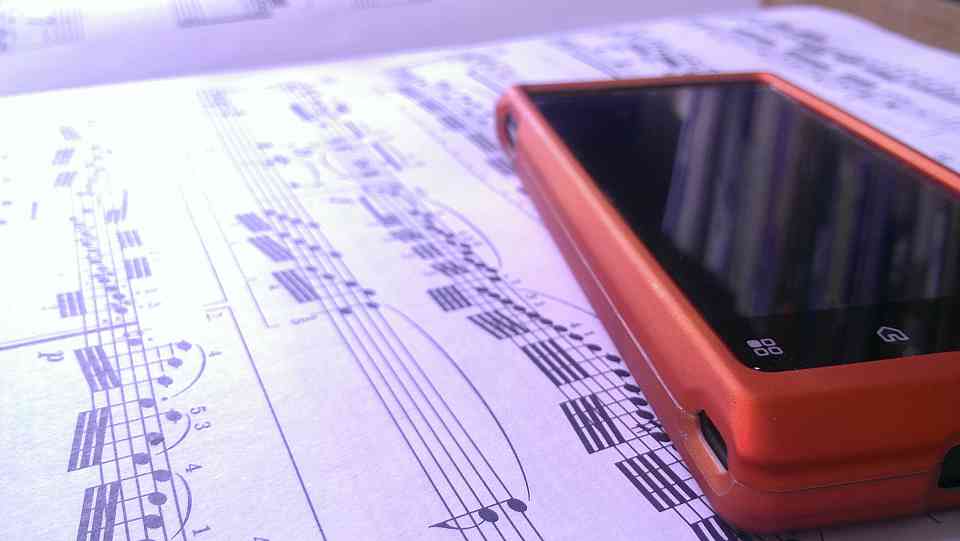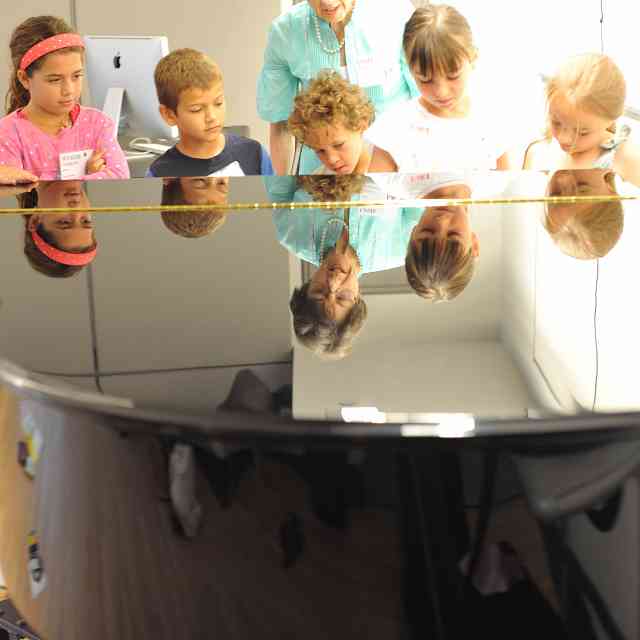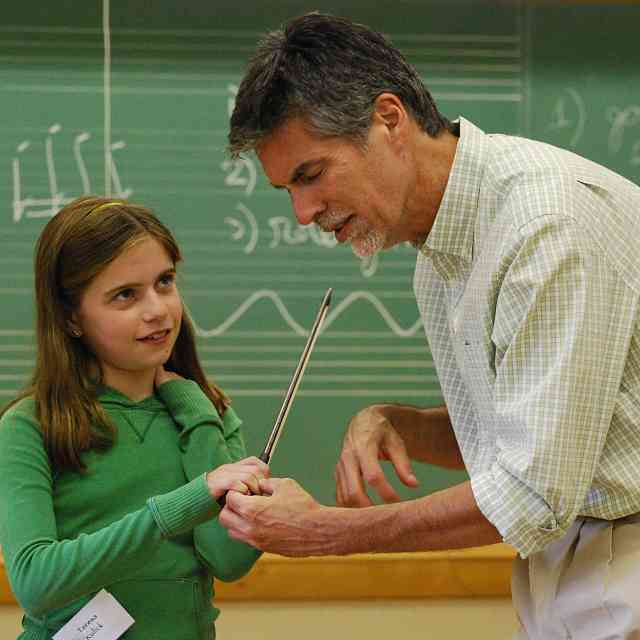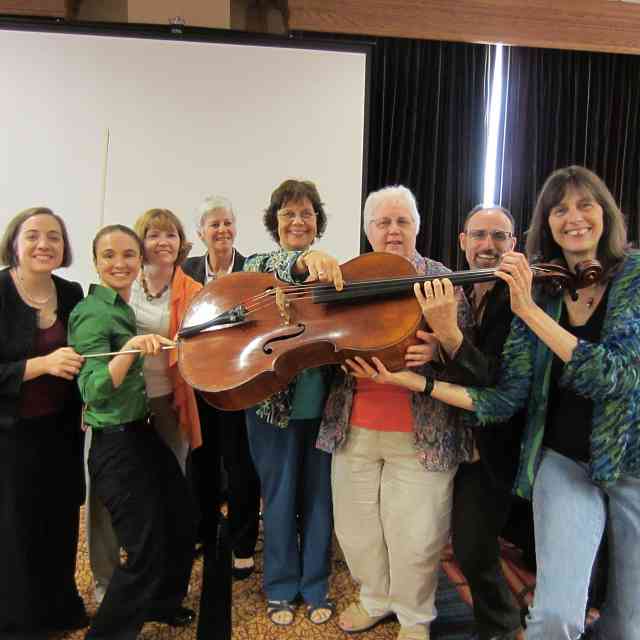Join us on the blog this week as we recap some sessions from the 2013 SAA Leadership Retreat—and save the date for even more ideas and inspiration at the 2014 SAA Conference!

While I missed the first session of this because of travel problems, great notes were taken, so I have compiled the results of the session. There was a great range of age of the participants, and not surprisingly, the younger teachers had the most to offer!
We broke the results of our discussion into four categories:
- Parent Education/Assistance
- Studio Communication
- Teaching Aid
- Concerns and Solutions
Here are the tips and tools we shared.
1. Parent Education/Assistance
- Use smart phones to record lessons/teaching points.
- Use a program’s email list to present thoughts on parent education topics.
- Use SAA’s Parents as Partners Online virtual conference for families in your program.
2. Studio Communication
- Use a program’s email list to share program activities calendar.
- Parents can upload videos of students performances to a dedicated YouTube channel to share with other families in the studio.
- Evernote, Dropbox, Vimeo are good sites to share items with families.
3. Teaching Aid
- Use photos from smartphones to reinforce posture, hand position, etc.
- Keyboard visualize: A virtual keyboard for your computer, iPad, or smartboard
- Smartboard for reading exercises
- Have a computer with music theory/ear training software in the waiting area of your studio so that students can work on these essential skills.
- Keep books (PDF) and recordings of Suzuki Method and other repertoire on smartphone, iPad, etc.
- Video record lesson and email to family to make sure lesson points are understood/modeled
- Parent can record practice to give insight into work at home
- Anytune, Amazing Slow Downer allow teachers and families to slow down music and retain the pitch
- IMSLP allows free access to much public domain music
- Digital camera in the studio has many uses, before/after pictures on posture, finger, hand, arm position for example
- Zoom H4n allows high quality digital recording at a reasonable price. Other products are available, as well. Use to record student at the end of a book to promote review, and give a CD as a reward for finishing the book. Digital picture of student can be printed or LightScribed onto CD for a personalized keepsake.
- Piascore is an iPad app that allows you to do a lot with printed music. You can write notes on PDFs. You can turn pages with a motion of your head, you can buy sheet music, and more.
4. Concerns and Solutions
-
Listening on an iPad, laptop, smartphone, etc., can seriously limit the tone quality. Also, parents don’t listen if the listening is done with earbuds.
Possible solutions: High quality earbuds/headphones to improve tone and using an external speaker such as the X-Mini or plugging the mp3 into the home sound system to promote family listening.
-
Listening accountability when a student is using an mp3 player to listen.
Possible Solution: Check on a computer the times played which most Mp3 software allows you to do.
-
Technological divide: not all families are up to date on technology; while rare these days, there still exist families who do not check emails , don’t have mp3 players, etc.
Possible Solution: Be respectful of the differences in your families. Communicate in as many ways as possible, i.e., email, snail mail, phone, etc.
It was a productive couple of sessions, but I am sure we just began to scratch the surface. Use this as a starting point and embrace the amazing technology that is coming along to enrich your families’ Suzuki journey.
What tech tools do you use in your Suzuki program? How do you address these or other concerns?









Comments